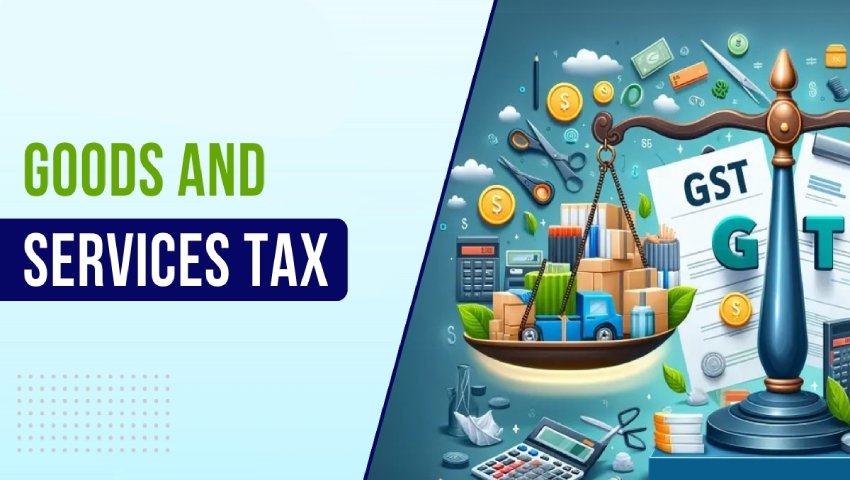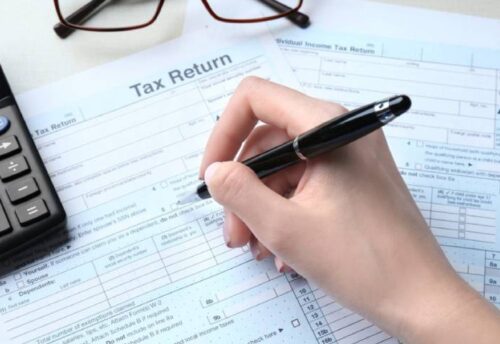
- 29/07/2025
- MyFinanceGyan
- 635 Views
- 2 Likes
- Tax, GST
What is GST (Goods and Services Tax)?
GST stands for Goods and Services Tax. It is a type of indirect tax that you pay when you buy goods or services. GST was officially launched in India on July 1, 2017. It replaced many other indirect taxes like VAT, service tax, and excise duty. The goal was to make the tax system simpler and more efficient.
Why Was GST Introduced?
Before GST, different taxes were charged at every stage—by both the central and state governments. This made things complicated. GST brought all of those taxes under one single tax, making it easier for businesses and consumers. It follows the idea of “One Nation, One Tax” and is managed by the Central Board of Indirect Taxes and Customs (CBIC).
Key Features of GST:
- It’s a Destination-Based Tax: Tax is collected where goods or services are consumed, not where they are made.
- Multi-Stage: GST is applied at every step—manufacturing, warehousing, wholesale, retail.
- Value-Added Tax: Tax is charged only on the value added at each stage of the product or service lifecycle.
History of GST in India – Timeline:
- 2000: Government formed a committee to draft GST.
- 2006: Plan to implement GST by 2010.
- 2011–2016: Multiple discussions and amendments.
- 2017: GST became law and was rolled out on July 1.
What Taxes Were Replaced by GST?
GST replaced many old taxes like:
- Central Taxes: Service tax, excise duty, customs duty, central sales tax.
- State Taxes: VAT, entry tax, luxury tax, entertainment tax, taxes on gambling, etc.
Types of GST:
How GST is Collected: Example
- If a shop in Maharashtra sells goods worth ₹1,00,000 to a buyer in Maharashtra at 12% GST, it’s split into:
- 6% CGST (₹6,000)
- 6% SGST (₹6,000)
- If the same seller sends goods worth ₹50,000 to a buyer in Karnataka, he charges 18% IGST (₹9,000) which goes to the central government.
Benefits of GST:
- Simplifies tax system
- Prevents double taxation
- Reduces chances of tax evasion
- Helps businesses with input tax credit (explained below)
What is Input Tax Credit (ITC)?
Let’s say you’re a manufacturer and you paid ₹300 as tax to buy raw materials. Later, you sell the final product and need to pay ₹450 as tax. You can deduct the ₹300 you already paid and only pay ₹150 more. This benefit is called Input Tax Credit.
What is the Composition Scheme under GST?
This scheme is for small businesses. If your annual turnover is less than:
- ₹1 crore (normal states)
- ₹75 lakh (northeast states)
You can pay tax at a lower rate and file fewer returns. Rates:
- Traders/Manufacturers: 1%
- Restaurants (no alcohol): 5%
Other Important Points:
- GST applies to almost every product and service.
- Luxury goods are taxed at higher rates; basic needs are taxed at lower or zero rates.
- All GST payments and filings can be done online.
- Businesses must file GST returns even if there’s no sale in a given period.
FAQs:
On July 1, 2017.
CGST, SGST, IGST, UTGST
₹20 lakh for service providers, ₹40 lakh for goods sellers (in most states).
Yes, if your turnover crosses the threshold or you are registered voluntarily, you must file returns regularly.
Final Note:
This article is for learning and general understanding. It’s not meant to recommend any product or investment.



